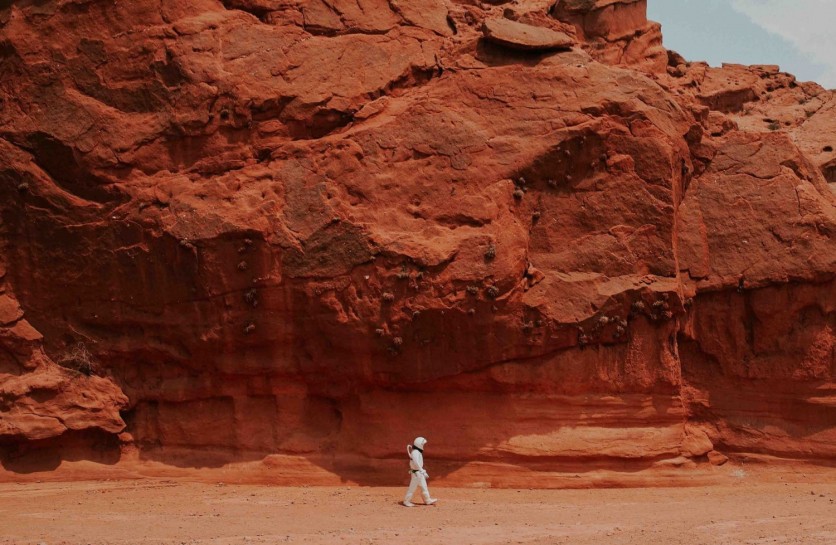
University of Arizona researchers believe there was life on Mars during the planet's infant stages and that it had the environment to sustain it until climate change began.
Possible Life on Mars
Most Mars researchers think Mars formerly had a far thicker atmosphere than it does now. Regis Ferrière, a professor at the University of Arizona Department of Ecology and Evolutionary Biology and one of the study's two senior authors, agrees that it would have likely provided a temperate environment that enabled water to flow and, presumably, microbial life to flourish.
"We think Mars may have been a little cooler than Earth at the time, but not nearly as cold as it is now, with average temperatures hovering most likely above the freezing point of water," he said.
Published in Nature Astronomy, the research states that today's Mars is exceedingly improbable to support any sort of life on its surface. However, Earth's smaller, the red neighbor may have been far more livable 4 billion years ago, as opposed to its current dry and extremely cold environment with a thin atmosphere Earth rovers have explored.
Phys.org underlines that most hydrogen on Earth is bound up with water and is rarely observed on its own, except in isolated situations such as hydrothermal vents. On the other hand, its abundance in the Martian atmosphere might have given an abundant supply of energy for methanogenic microorganisms about 4 billion years ago, when conditions were more favorable to life.
Ferrière believes earlier Mars would have been substantially different from what it is today, moving into more warm and wet rather than cold and dry due to high quantities of hydrogen and carbon dioxide. But to be clear, the researchers are not claiming that life occurred on early Mars, but if it did, Ferrière said, "our study shows that underground, early Mars would very likely have been habitable to methanogenic microbes."
Also Read : NASA Perseverance Rover Discovers Mysterious Rock on Mars, Scientists Astounded on Formation
How Researchers Came to Their Conclusion
The researchers used models that estimate the temperatures at the surface and in the crust for a specific air composition to mimic the circumstances that early lifeforms would have experienced on Mars. They then merged the data with an ecosystem model they created to determine whether biological species might have survived in their particular habitat and how they would have changed it through time.
"Our goal was to make a model of the Martian crust with its mix of rock and salty water, let gases from the atmosphere diffuse into the ground, and see whether methanogens could live with that," said Ferrière, who holds a joint appointment at Paris Sciences & Lettres University in Paris.
The researchers then sought to answer an interesting question: how deep would one have had to travel to uncover life underground? They noted that the Martian atmosphere would have given the chemical energy that the creatures would have required to thrive-in this case, hydrogen and carbon dioxide.
A fellow in Ferrière's team, Sauterey, finds that biological activity on Mars would have drastically altered the planet's atmosphere in a matter of tens or hundreds of thousands of years. Microbes would have significantly lowered the planet's temperature by eliminating hydrogen from the atmosphere.
As a result of biological activity, the early Mars' surface would have quickly turned glacial. In other words, the climatic change caused by Martian life may have led to the planet's surface being inhospitable early on.
Regardless, the researchers agree that it is difficult to predict how long Mars might have been habitable. Future Mars exploration missions may give solutions, but there will still be problems.
Related Article : Microbes Can Survive On Mars, Claim Scientists
This article is owned by Tech Times
Written by Thea Felicity
ⓒ 2025 TECHTIMES.com All rights reserved. Do not reproduce without permission.




